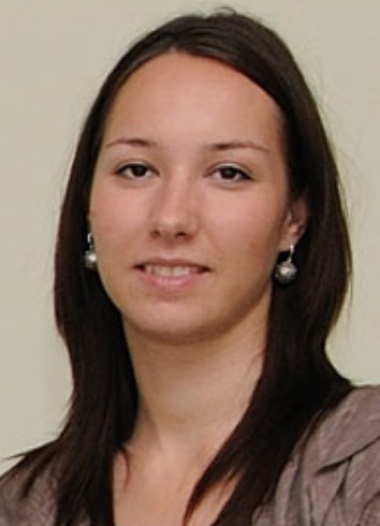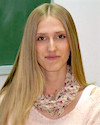Elektromagnetska kompatibilnost (engl. Electromagnetic Compatibility, skr. EMC) definirana je kao sposobnost uređaja, opreme ili sustava da zadovoljavajuće radi u svom elektromagnetskom okruženju, tj. da radi u namijenjenim operacijskim uvijetima sa zadanim nivoima učinkovitosti bez pogoršanja zbog elektromagnetskih međudjelovanja, kao i da svojim radom ne uzrokuje neželjene elektromagnetske smetnje bilo čemu u tom okruženju.
Poboljšanje elektromagnetske kompatibilnosti uključuje rad u sljedećim područjima:
Poboljšanje elektromagnetske kompatibilnosti uključuje rad u sljedećim područjima:
- Razvoj inženjerskih standarda
- Razvoj numeričkih modela
- Tehnike mjerenja i testne procedure
- Instrumenti za mjerenje
- Karakteristike sustava i opreme, kao što su osjetljivost (otpornost), povredljivost, odgovarajući efekti širenja, i subjektivni efekti
- Unaprijeđenje tehnika i komponenata
- Edukacija o elektromagnetskoj kompatibilnosti
- Studije o podrijetlu interferencija, umjetnih, kao i prirodnih, i njihove klasifikacije
- EM-zaštita
- Tehnike štićenja
- Nuspojave djelovanja elektromagnetske energije
- Znanstvene, tehničke, industrijske, profesionalne ili neke druge aktivnosti, koje dopridonose ovom području, ili koriste tehnike ili proizvode ovog područja.


